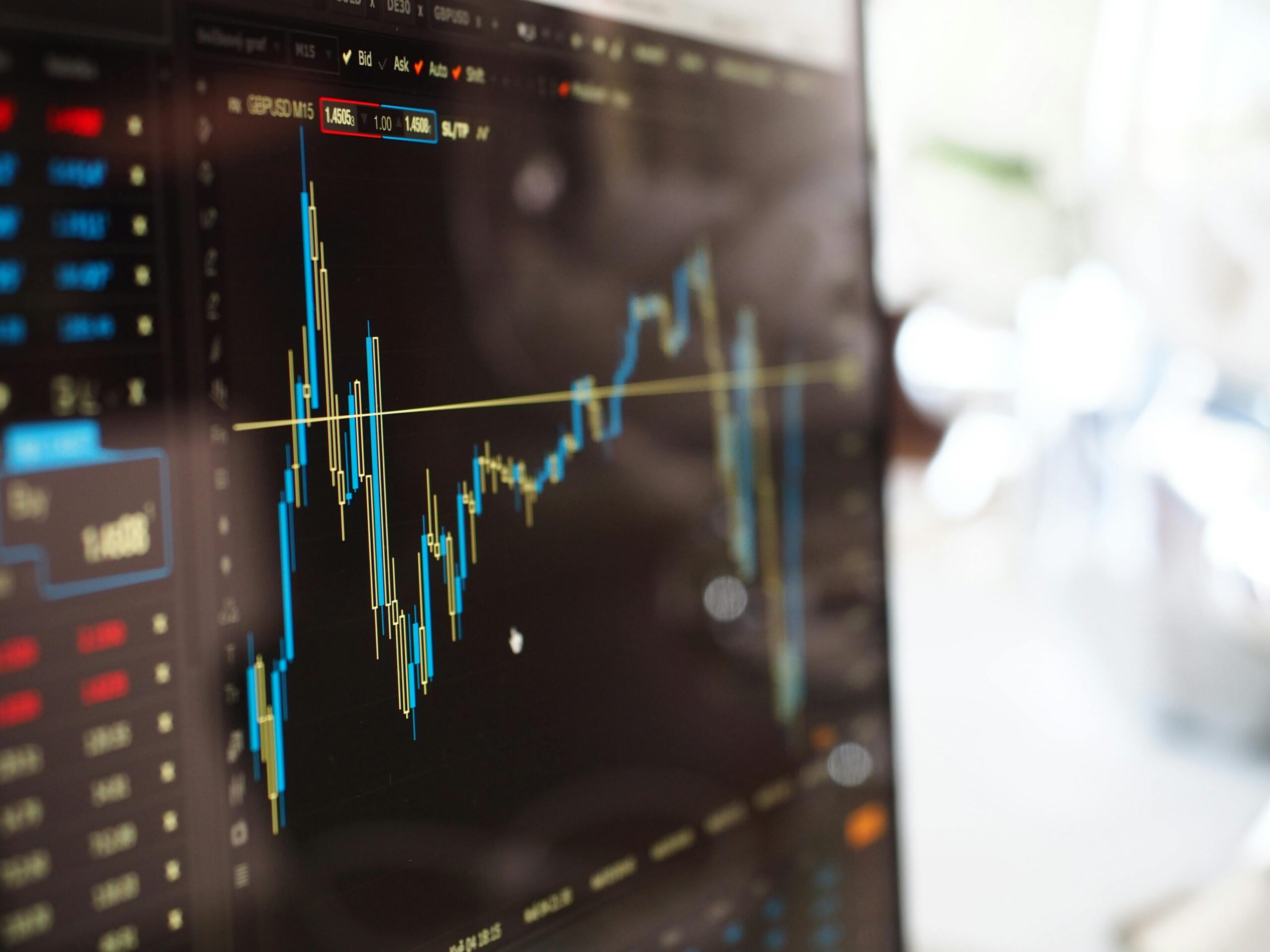Day trading and swing trading are two popular trading strategies employed by traders in the financial markets. While both aim to profit from short-term price movements, they differ in their approach, time horizon, and risk management techniques. In this article, we’ll delve into the differences between day trading and swing trading to help traders choose the strategy that best suits their trading style and objectives.
I. Definition and Overview
Day trading involves buying and selling financial instruments within the same trading day, with the goal of capitalizing on intraday price movements. Traders who engage in day trading typically close out their positions before the market closes to avoid overnight exposure to price fluctuations. On the other hand, swing trading entails holding positions for several days to weeks, aiming to capture larger price swings or trends in the market.
II. Time Horizon
The primary difference between day trading and swing trading lies in their time horizons. Day traders focus on short-term price movements that occur within a single trading day, often executing multiple trades throughout the day to capitalize on intraday volatility. In contrast, swing traders take a more relaxed approach, holding positions for several days or weeks to capture larger price swings or trends that develop over time.
III. Trading Frequency
Day trading typically involves high trading frequency, with traders executing multiple trades within a single trading session. These trades are often based on technical analysis and short-term price patterns, such as breakouts or reversals. In contrast, swing trading involves lower trading frequency, with traders taking fewer trades but holding them for longer durations to capture larger price movements.
IV. Risk Management
Effective risk management is crucial for both day trading and swing trading, but the approaches differ slightly. Day traders often employ tight stop-loss orders to limit potential losses on individual trades, as well as strict position sizing and risk-reward ratios to manage overall portfolio risk. Swing traders, on the other hand, may use wider stop-loss orders and longer-term technical indicators to ride out short-term price fluctuations while aiming for larger profits over the course of several days or weeks.
V. Market Analysis
Both day traders and swing traders rely on technical and fundamental analysis to identify trading opportunities, but the emphasis may vary. Day traders focus on short-term technical indicators, such as moving averages, volume, and price patterns, to make quick trading decisions based on intraday price movements. Swing traders, meanwhile, may incorporate longer-term technical indicators and fundamental analysis to identify potential trend reversals or significant price levels that could support their trade thesis over a longer time horizon.
VI. Psychological Considerations
Trading psychology plays a significant role in both day trading and swing trading, as traders must manage emotions such as fear, greed, and discipline to execute their strategies effectively. Day traders may experience higher levels of stress and pressure due to the fast-paced nature of intraday trading, requiring strong discipline and mental fortitude to adhere to their trading plan. Swing traders, while less affected by short-term price fluctuations, must also exercise patience and discipline to hold positions through periods of volatility and uncertainty.
VII. Capital Requirements
The capital requirements for day trading and swing trading can vary depending on the trading strategy, risk tolerance, and trading platform used. Day trading often requires larger capital outlays due to the need for intraday margin and the higher trading frequency, while swing trading may be more accessible to traders with smaller account sizes or those looking to trade part-time while managing other commitments.
In conclusion, day trading and swing trading are two distinct trading strategies that cater to different trading styles, time horizons, and risk tolerances. While day trading offers the potential for quick profits from intraday price movements, it requires high trading frequency, strict risk management, and the ability to handle the stress of fast-paced trading. Swing trading, on the other hand, allows for a more relaxed approach, with traders aiming to capture larger price swings or trends over several days or weeks. By understanding the key differences between these two trading styles and considering their own objectives and preferences, traders can choose the strategy that aligns best with their goals and maximizes their chances of success in the financial markets.
Please like, comment, and share this article if you found it helpful and
informative.
Visit https://bigtownbulletin.com if you would like to see more of this
content.
Please like, comment, and share this article if you found it helpful and
informative.
For more news check out Big Town Bulletin News
For more from Big Town Bulletin check out Big Town Bulletin


